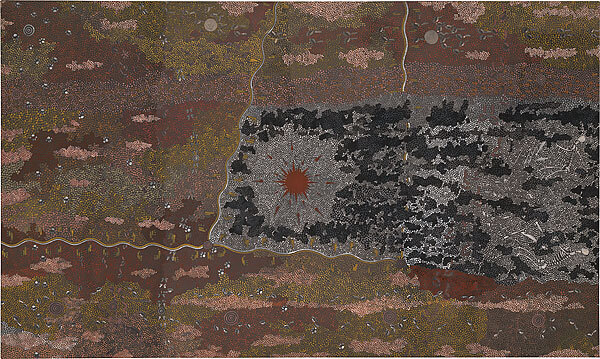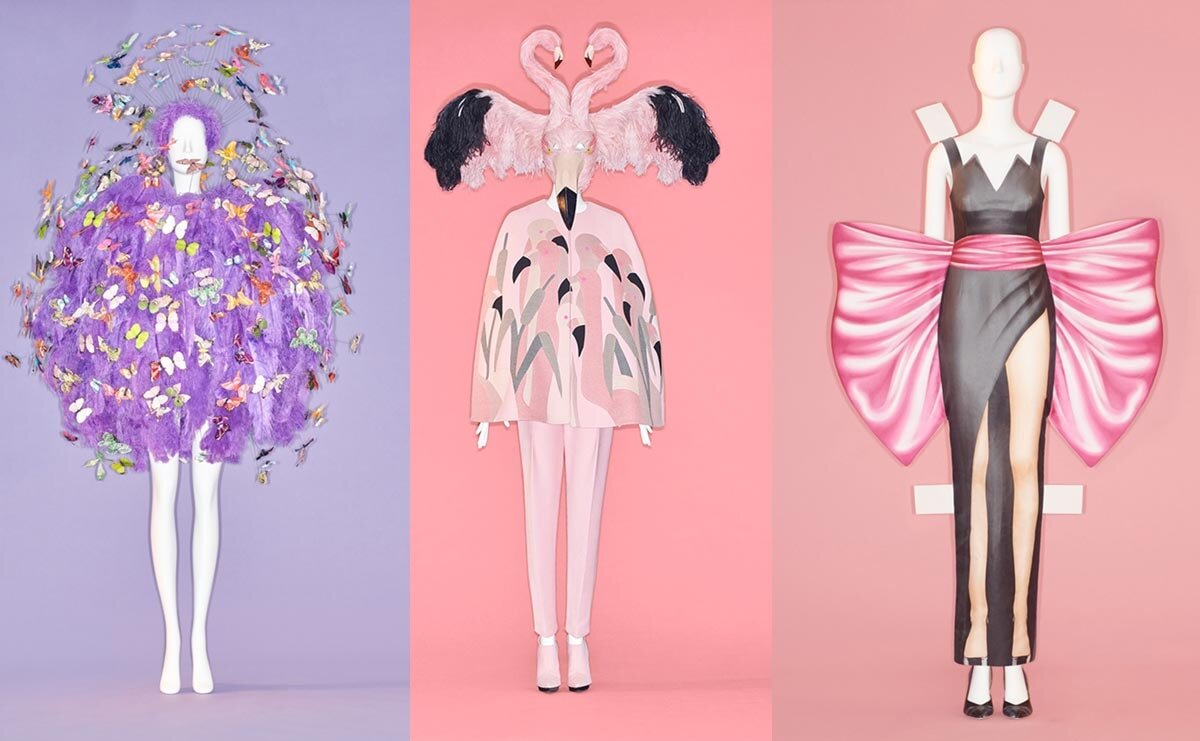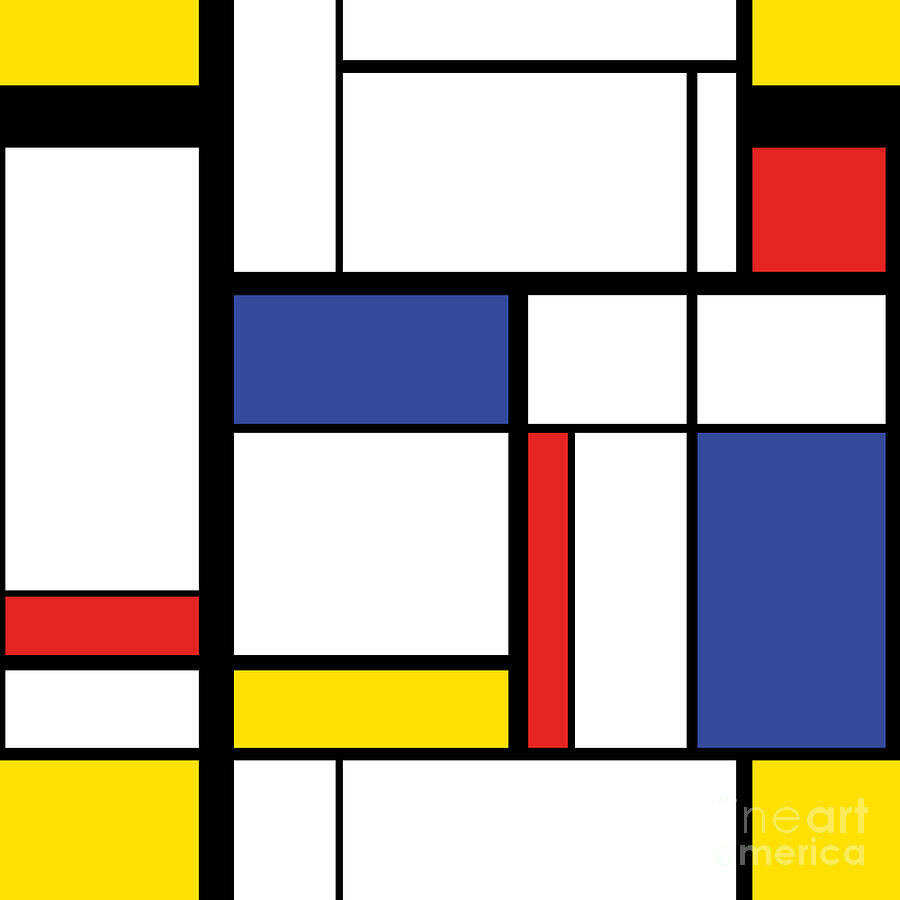Art History Writing Samples
The Visual Sanctity of Clifford Possum Tjapaltjarri’s Warlugulong
The colors, dot technique, and bodies evident in Warlugulong all work together to create palpable energy and movement. Even though we do not know what exactly we are looking at, we get an intuitive sense that it is something sacred.
Hans Hofmann’s The Golden Wall Formal Analysis
Hans Hofmann’s The Golden Wall (1961) is an Abstract Expressionist painting that is oil on canvas and is 152.4 x 183.5 cm (60 x 72 ¼ in) large. The canvas is scattered with different sized rectangles painted in lime green, bright yellow, pastel pink, royal blue, and baby blue that are positioned either horizontally or vertically.
Painting the Unseen: Enchantment in Hilma af Klint
Hilma af Klint’s practice of mediumship enabled her to not only be entranced by spirits herself, but also to mesmerize an audience in a similarly bewitching way through her hundreds of enchanting artworks, especially her series Paintings for the Temple. A pioneer of abstract art at the turn of the twentieth century, Swedish artist Hilma af Klint predates modern canonical abstract artists such as Vasily Kandinsky, Piet Mondrian, and Kasimir Malevich.
The Campiness of Camp
One of the defining features of Camp is that it is a sensibility that does not have a clearcut definition. Camp, like gender and sexuality, is fluid and indefinite. Camp thrives on craftsmanship, creativity, and sensuality and is deeply grounded as a purely aesthetic phenomenon. Camp represents a highly aestheticized and stylized perception of the world that criticizes oppressive social and political structures.
The Anti-Self: Modernism Turned Inside-Out
Although modern art may appear as a nonsensical, over-simplistic, primitive style, a complex depth lies underneath its two-dimensional form. To call a work of art “modern” is to recognize that it is fundamentally self-reflexive, that it throws its artificial status in the viewer’s face and challenges the viewer’s criteria for artistic pleasure.
Painting African Americans in Numbers: W. E. B. Du Bois’ Data Visualizations
While black aesthetics offers an opportunity to foster black solidarity and preserve black culture in a largely anti-black space, it can also be restrictive and harmfully narrow by not taking into account a multiplicity of black experiences and attempting to construct a static black identity. Even though black aesthetics motivates and propels more positive images of blacks than white supremacist constructions of blackness, it still has the power to marginalize black artists and decide what is “authentic” and what is not.





